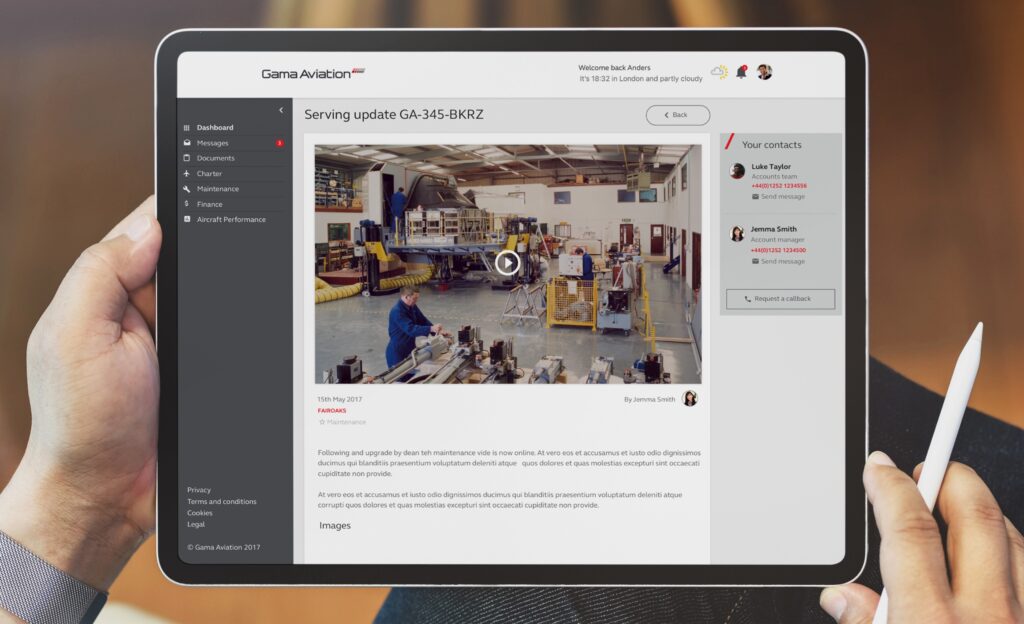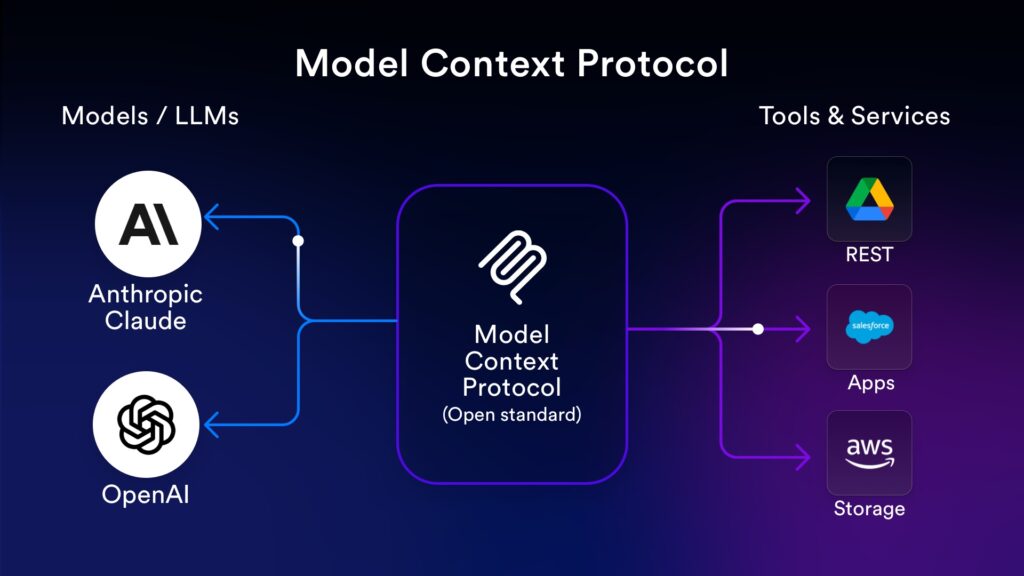These days, it’s not unusual for businesses to use various technologies to operate on a day-to-day basis. On top of your marketing site’s content management system (CMS), you might use one system for managing your internal stakeholders, another for your customers and another for your business performance and analytics. Add that to your daily communication tools, project management systems and internal documentation folders. Before you know it, you’re flooded with a sea of open tabs and applications. So, how can you swim through these daily processes more swiftly?
At Lightflows, we’ve helped many businesses streamline their operations through system integration. This blog discusses the process, types and benefits of system integration for your business. We also explain how we can help you improve your internal processes through our bespoke services.
What is system integration?
System integration refers to combining several software products into a single, unified application. For example, say you’re a FinTech company with separate login portals for staff and clients. Plus, you have another tool for communicating with your clients. Now, imagine you could do that all in one system.
With system integration, you can open one software and navigate everything you need through a central dashboard. Whether you’re an employee or a client, the system can offer different login options, different permissions for viewing and managing investments and the option to start a chat with either a client or advisor. Not only does this make data retrieval and processing more manageable, but it also saves both you and your clients time and effort by not having to use various systems, increasing overall productivity.
How does system integration work?
System integration aims to connect multiple subsystems within a business that work together to improve operational efficiency. Through our system integration services, our software engineers can gather data from each system and merge it into a single product. We’ll establish your system integration goals through the initial consultation phase, then later pull together wireframes to show you how the final product could look.

Types of system integration
Typically, system integration is divided into five categories to cater to different requirements.
Vertical integration
Vertical integration refers to integrating separate subsystems by creating information silos for each system’s functionality. These silos can then perform tasks without interfering with each other, offering a well-controlled user experience. But, in the long term, vertical integration can not only become difficult to manage but more expensive as any new functionalities you want to add later require their own silos. This type of integration, therefore, is best for businesses that aim to combine systems with small-scale databases.
Horizontal integration
In contrast, horizontal integration involves creating a common interface between each subsystem to allow them to communicate. This interface is also called an Enterprise Service Bus (EBS), a software system that conjoins data from various systems to improve information flow. The benefit of horizontal integration is that you can change each subsystem without impacting any other subsystem. However, if a problem occurs within the common interface layer, it can impact all communications, defeating the interface’s purpose.
Point-to-point integration
Point-to-point integration uses custom code to connect subsystems for them to function together. This type of integration is much less complex than horizontal integration since it handles only one function at a time. But, the more systems you add, the more complex it becomes. Every time you add a new system, you must ensure it connects to every other system to ensure full data synchronisation. Therefore, systems within point-to-point integrations can conflict regarding data accuracy as there is no single source of truth.
Common data format integration
Common data format integration requires a new data language that allows each subsystem to process and transfer data to one another in one format. This form of integration eliminates the need for an adapter for every subsystem, helping them to communicate seamlessly. However, like point-to-point integration, if the number of data transfers increases, common data format integration becomes harder to manage.
Hub-and-spoke integration
In hub-and-spoke integration, one single system (or ‘hub’) integrates with several other systems (or ‘spokes’) to centralise and manage data. Not only does this facilitate communication between each system, but it provides a single source of truth, ensuring data consistency across your business. What’s more, the hub-and-spoke model allows you to define permissions by data and people rather than applications and systems, enhancing sustainability and security.
What type of system integration does my business need?
The easiest way to choose which system integration you need is to consider your long-term business goals. As your business grows, your customers’ needs grow – so a system integration that offers flexibility and scalability is essential.
Of all the types of system integration we’ve discussed, hub-and-spoke offers the best-guaranteed flexibility, scalability and security. Rather than creating separate silos or systems every time you want to add a new function, we can develop a bespoke, centralised ecosystem that can be continuously enhanced and easily maintained to meet your requirements.

System integration with existing systems
If your business isn’t quite ready to start integrating lots of systems, you can still reduce admin overheads by connecting and synchronising just a few of them. For example, you can start by integrating your internal subsystems like your CRM and project management tools. Through this staged approach, you can get a taste of the benefits of system integration which we can scale later.
Various off-the-shelf services offer quick and easy solutions to connecting systems through ‘plug-and-play’ automation. Zapier, for instance, uses an API to connect over 5000 apps. As they show on their website, this can be as simple as connecting Facebook to Slack. So, whenever a lead comes through on Facebook, it automatically informs your team members on Slack. You can even go that bit further by triggering Slack to add the customer to your email list on Mailchimp. Likewise, IFTTT (If This, Then That) offers hundreds of automation options, such as connecting Twitter to Google Sheets to archive all your Tweets or using their in-app note widget to add new cards to your Trello board.
It goes without saying that these systems can provide many convenient ways to collaborate with team members and streamline everyday tasks. However, as with most off-the-shelf products, they have their shortcomings. Not only can they become more and more expensive as you upgrade your plan to accommodate more team members, but you risk routing your data through a third-party application. When you consider these points, bespoke system integration becomes even more credible.
Benefits of bespoke system integration
Although hub-and-spoke integration can be timely, the benefits it offers your business are second to none. Below are our 5 top benefits of a hub-and-spoke integration system for your business.
Streamlining operations
Again, one of the main benefits of system integration is streamlining your business processes. From real-time data to in-app messaging, hub-and-spoke integration can provide your employees and customers with everything they need in a single, unified application.
Reduced costs
While hub-and-spoke system integration might seem timely and costly at first, it massively reduces business costs in the long run. Rather than paying for and maintaining – and training employees on – various subsystems, you only need to rely on one product.
Enhanced collaboration
If your business uses different systems for different departments, it’s easy for them to become disconnected. A centralised system eliminates the need to manually synchronise data across separate systems by providing accurate data in one place, enhancing collaboration and performance across the organisation.
Complete flexibility
Due to the hub-and-spoke system integration’s unique architecture, we can not only tailor it to your business needs, but we can adapt it as those needs change. This would be impossible if you continued to use various off-the-shelf subsystems.
Increased security
Finally, the more systems your business uses, the more exposure it has to data breaches. With a centralised system, we can implement a robust security tool or algorithm that is easier to manage than several different ones for each subsystem, increasing data security and integrity.
Summary
System integration improves internal business processes in many ways. By connecting different software products to a single, unified application, you can boost efficiency, reduce costs and increase productivity. A hub-and-spoke system integration offers unmatched benefits such as making real-time data more accessible, collaboration between employees and clients more convenient and sharing information more seamless
If you need to integrate your internal systems, contact us here, and we can discuss implementing a hub-and-spoke solution for your business.
Table of contents



